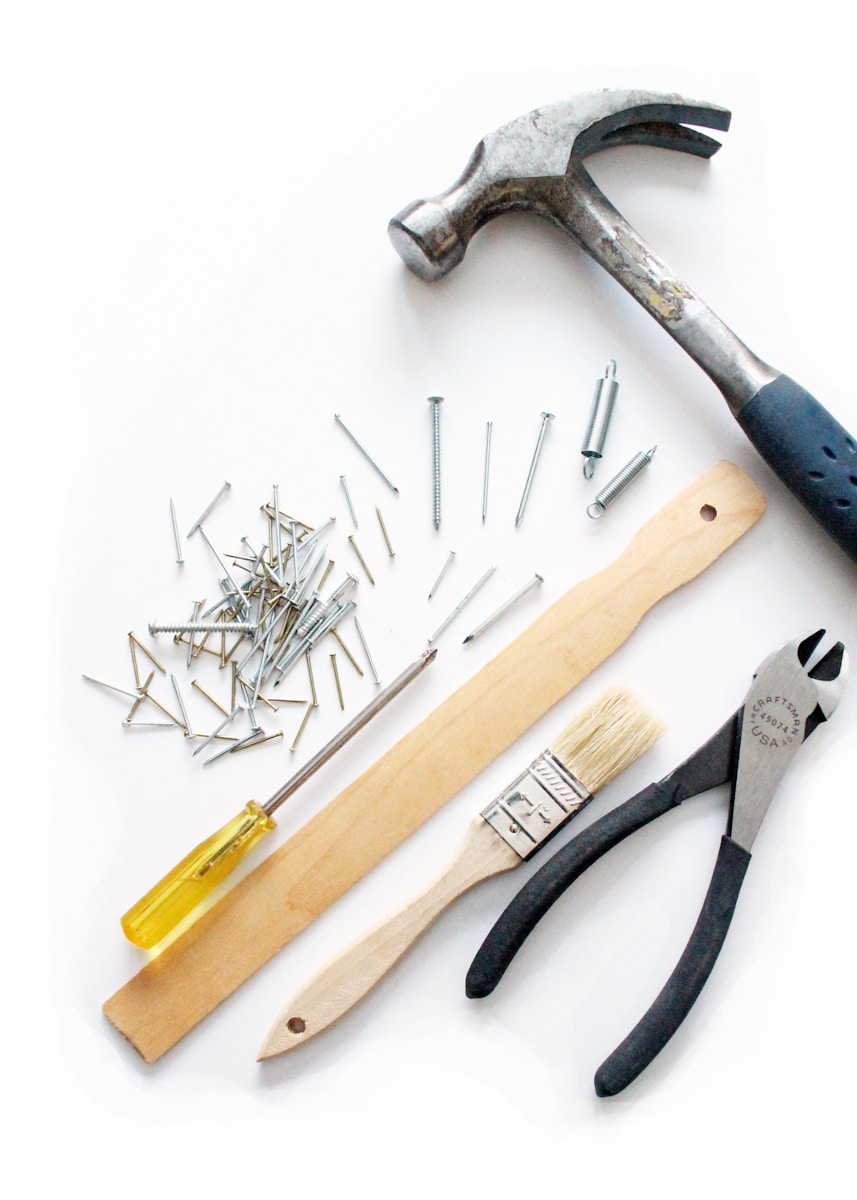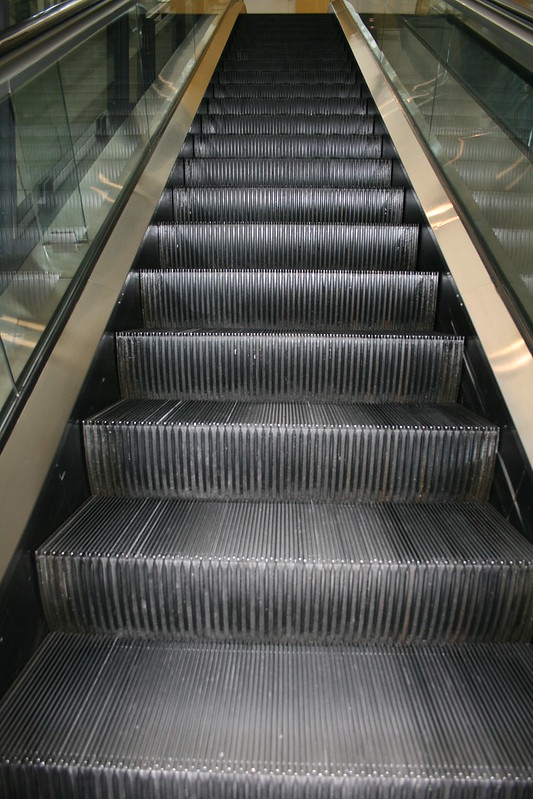Introduction
The hammer is a very popular tool that’s been used for centuries. The simplest form of the hammer dates back to 2,400 B.C. These hammers were as simple as a hard rock tied to a stick with leather. During the bronze age, the hammer started evolving when different kinds of metal started being discovered and used. A challenging aspect of creating hammers is making sure that they are correctly attached to the shaft, or the handle area, and that the material of the hammer itself is strong so it won’t shatter on impact.
The Head of the Hammer
The hammer’s head consists of a singular piece of metal. It is relatively simple but has many technical terms. The flatter side used for striking is called the pein. The other side with the two prongs is called the claw. It is used to pull out nails and grip them. However, not all hammers have a claw. The final part of the hammerhead is the chamfer. The chamfer is the angled area around the pein. It is meant to reduce the risk of a piece of the object you’re working with to break off and cause injury.
The Hammer’s Shaft
The shaft of the hammer is more popularly known as the handle. There are many different materials you can make the shaft out of that have their respective pros and cons. The most popular of those materials is wood. The best wood you can use is either Ash or Hickory wood. These two are your best options due to the strength and resilience of the two woods. Between the two Hickory is stronger and tends to be used in the more heavy-duty professional hammers. One thing that you have to keep in mind about wooden shafts is their storage. Since wood is a natural material, it can shrink. To avoid it from sinking/drying out, you must keep it in an environment with about 10-16% moisture in the air.
The Join
The final part of the hammer is in the join. The join is how the shaft and the head stay together. The traditional way to join the two wooden shaft hammers is by driving a wedge into the top of the head and the shaft. The join is usually sealed with oil or varnish to prevent the join from falling out if the shaft dries out. On fiberglass hammers, the joint is injected with resin. This offers a strong, permanent, waterproof connection between the head and shaft. Finally, on tubular steel hammers, instead of using a joint, the head is hydraulically pressed onto the shaft yet again offering a permanent connection.
RELATED STORIES
https://www.britannica.com/technology/hand-tool/Hammers-and-hammerlike-tools






